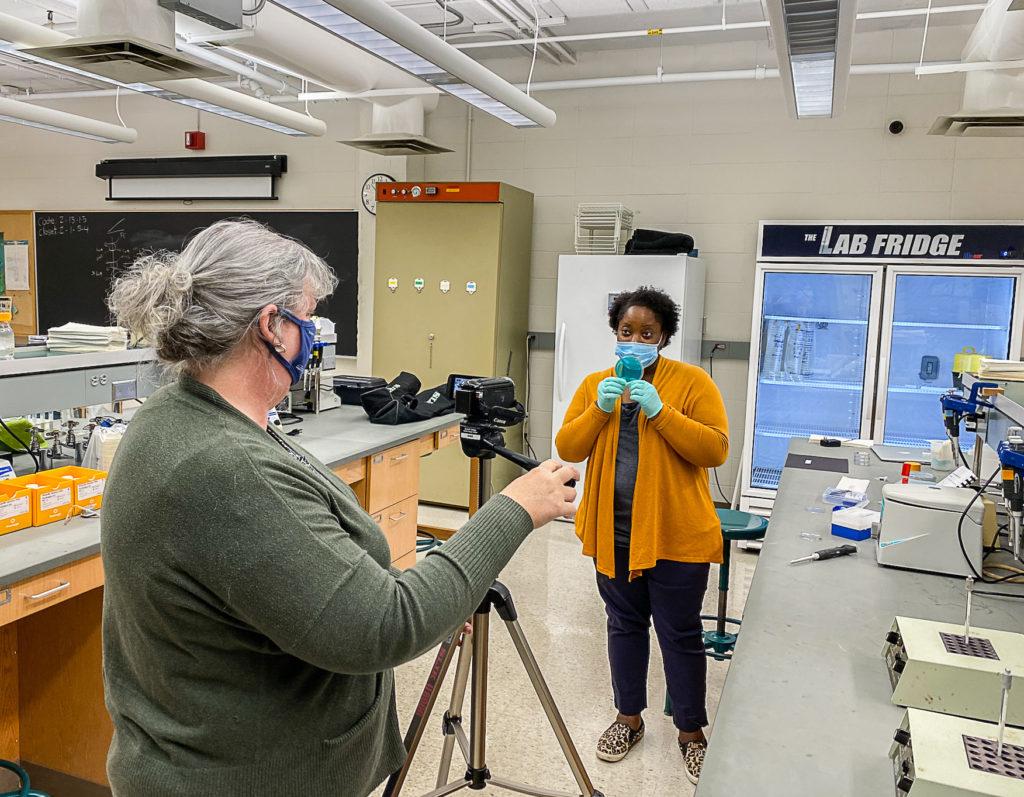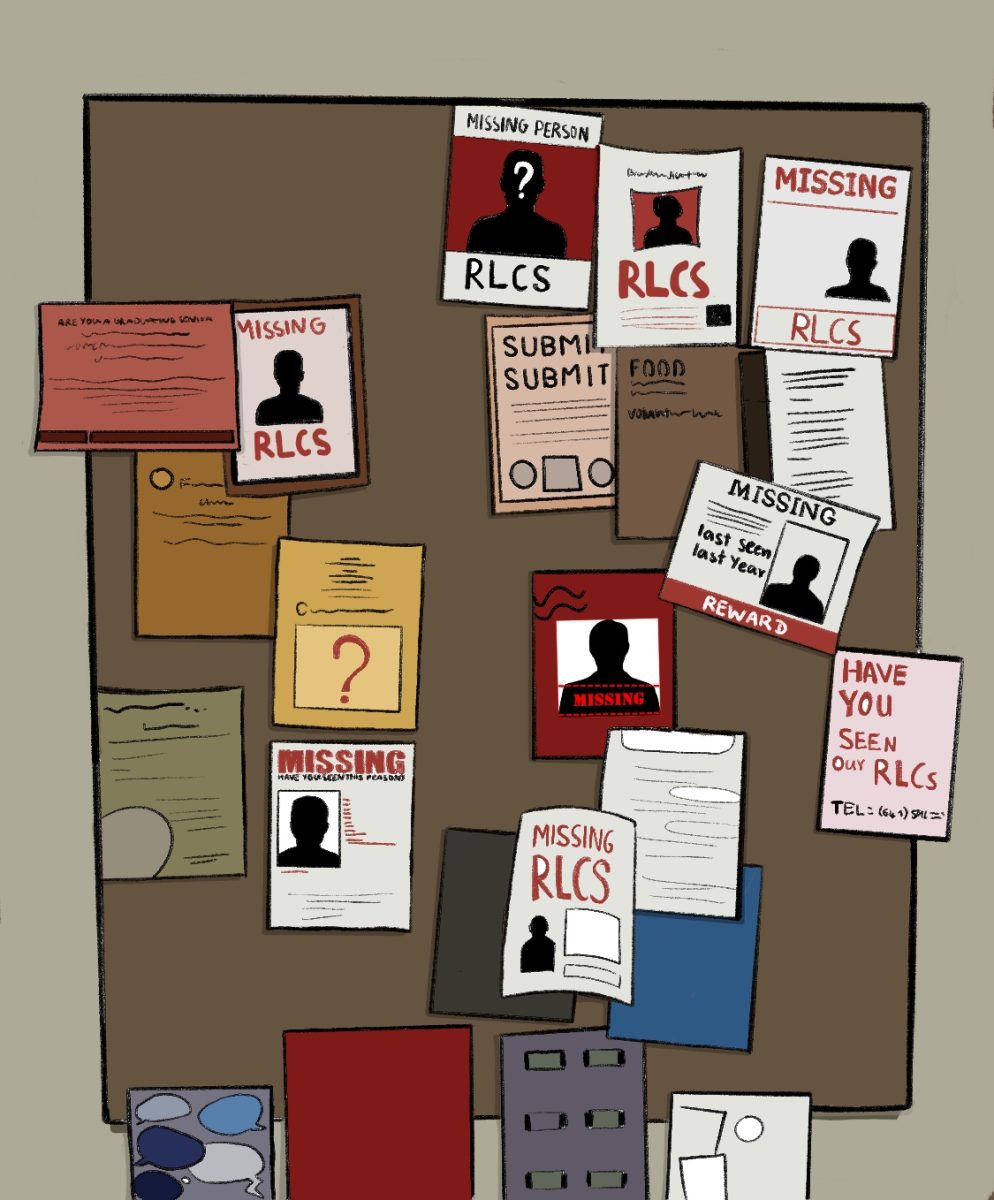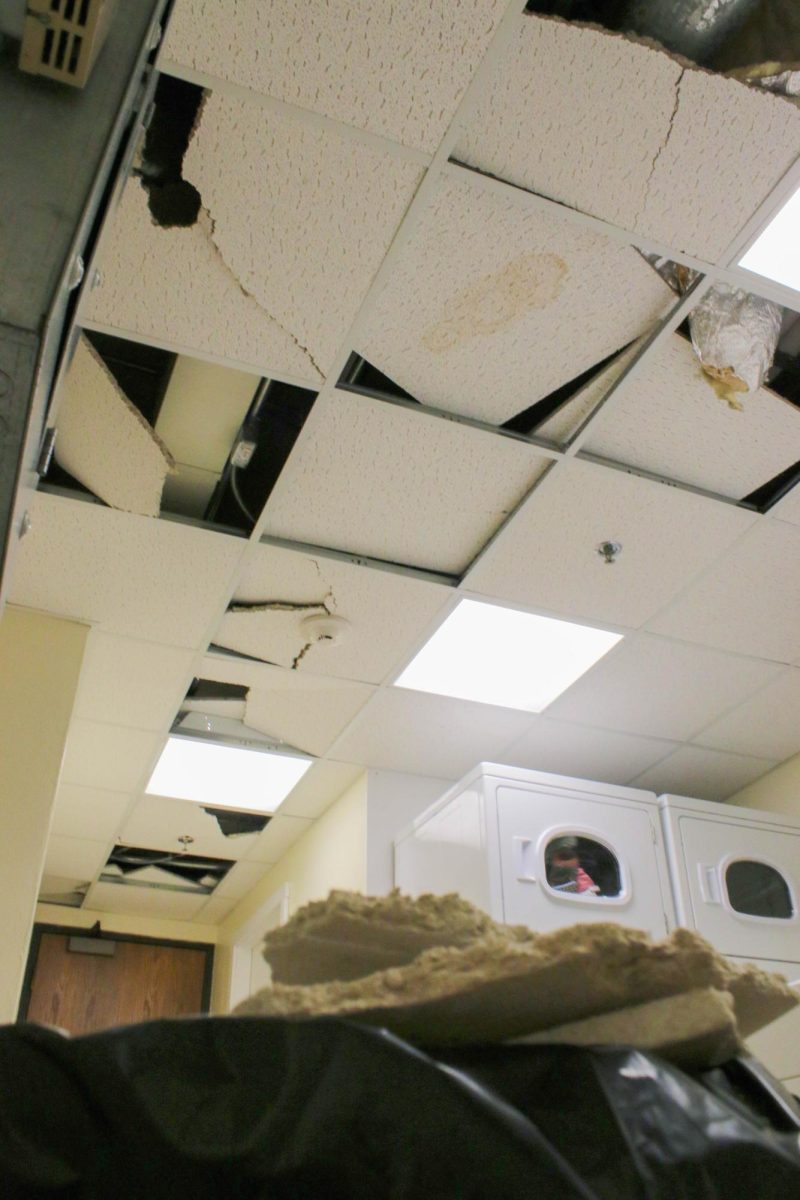By Alanis Gonzalez
gonzalez@grinnell.edu
With the announcement of the College moving all classes online for the remainder of the fall, students and faculty alike have begun to readjust their plans for the coming term. Within the sciences, the COVID-19 pandemic has forced professors of lab-based courses to produce creative solutions to keep students on track and maintain the hands-on approach emphasized across the science division.
The Biology Department has acted accordingly, crafting an innovative online-lab curriculum for BIO-150 (Introduction to Biology) in the F1 quarter and BIO-251 (Molecules, Cells and Organisms) in F2. Both classes are part of the “core requirements” for the biology major at Grinnell.
The process that led up to the department’s set up saw various potential plans for lab in the coming terms. Professor Charvann Bailey, biology and biochemistry, says that early on in their discussions concerning BIO-251, it became clear that “it would be impossible to maintain social distancing and be able to teach the lab course effectively.”
Bailey said, “For example, if someone is asking me, Dr. Bailey, ‘Can you help me like load the gel’ [a process that commonly occurs in biology labs], they can’t stand six feet away and be able to observe me loading the gel.”
Once the department concluded that a conventional lab course would not be feasible under pandemic conditions, they began to play around with other potential formats. One option was a hybrid lab, in which some students would attend the class in person while others experience an online format. But a hybrid set-up posed questions concerning equity. Bailey said, “Well, if half of them are on campus, and half of them are not on campus, then how are we going to give everybody equal time in the lab?”
The department also considered creating lab shifts, to minimize the number of students inside one lab at a given time.
But after much discussion, the biology department concluded that a completely remote lab presented the most equitable and logical option for students. Professor Joshua Sandquist, biology and biochemistry, took on the challenge with stride. During F1, Sandquist is teaching BIO-150 and will instruct BIO-251 in F2.
So far, he’s been teaching through live (synchronous) classes where he performs the experiment for students. Sandquist felt that the live performance allowed for students to ask questions about the experiment in real time while also getting “the feeling of the time element.” He also emphasized that while he collects the data, students analyze and write just as they would during an on-campus course.
Professor Ben DeRidder, biology, described the new lab format as “value added.” DeRidder said that “when we have a class of 24 students and we’re trying to teach them a technique … it’s often hard to convey that information to all the students and be able to help individuals that have questions.”
The recorded lectures and labs also allow for more in-depth discussions during synchronous sessions concerning the meat of the material. “I think we might find that when they get back and they work in other classes they may actually do better in the lab,” Deridder said.
DeRidder also spoke to the challenges of crafting such a curriculum. “At first I think we were all a little hesitant about going online. … We’ve had to learn a lot of new tools,” he said.






































































crosby • Oct 5, 2020 at 11:44 am
Thank you for this article. I had been curious what the sciences were doing; especially those that involved doing experiments. I know that the theater/dance departments have also been making adjustments.